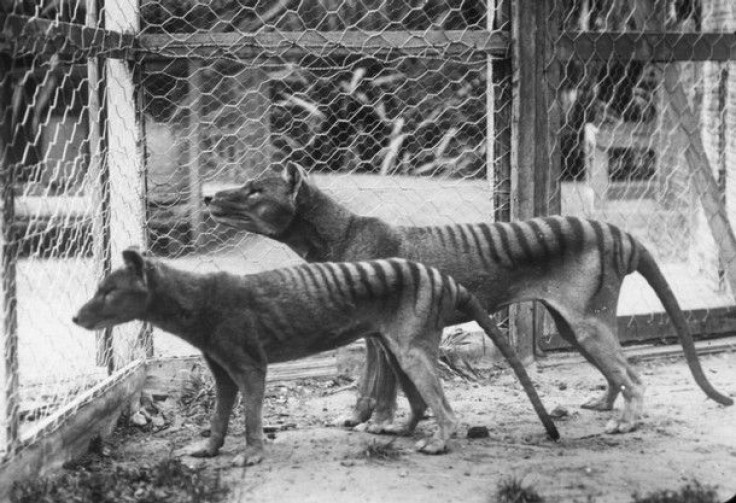Australia Species Extinction: Mystery Of High Disappearance Rate Linked To Country’s First Settlers

The reason for Australia’s disappearing land mammals has long been something of a mystery, but new research suggests much of the decline corresponded with the introduction of European cats and foxes, two species whose populations on the island nation exploded after settlers brought them in the late 18th century, according to a study published Monday in the journal Proceedings of the National Academy of Sciences. Over the last 200 years, Australia has lost a greater proportion of its land mammals than any other country in the world.
Since 1788, the year colonization of Australia began, the country has lost about 30 mammals out of 273 endemic species, or about one in 10 native animals, according to the report. Another 21 percent remained threatened and 15 percent were near threatened, researchers found. "We knew it was bad, but I think our tallies were much worse than previously thought," John Woinarski of Australia's Charles Darwin University and the study's lead researcher told the Associated Press. "The fact that we're losing such a large proportion of our species is a problem of international importance."
Among the animals declared extinct was the Tasmanian tiger as well as several species of mouse and wallaby. Most of Australia has remained uninhabited by humans, which was partly why the country’s high extinction rate remained largely unknown.
Most of Australia’s extinct species were smaller, meal-sized prey animals, which was part of the reason their disappearance went undocumented until more recently. "The extent of the problem has been largely unappreciated ... because much of the loss involves small, nocturnal, shy species with [little] public profile,” Woinarski said, according to the BBC. Feral cats were brought to Australia to hunt rats aboard settlers’ ships. Red foxes were imported for hunting.
Humans were not completely off the hook, however, and were partly to blame for Australia’s declining mammal populations. Researchers identified other, manmade threats to Australia’s endemic species, including overuse of water resources, pollution and river modification. Human-induced climate change would exacerbate the problem, and the “impacts are probably already being realized,” researchers wrote.
© Copyright IBTimes 2024. All rights reserved.












